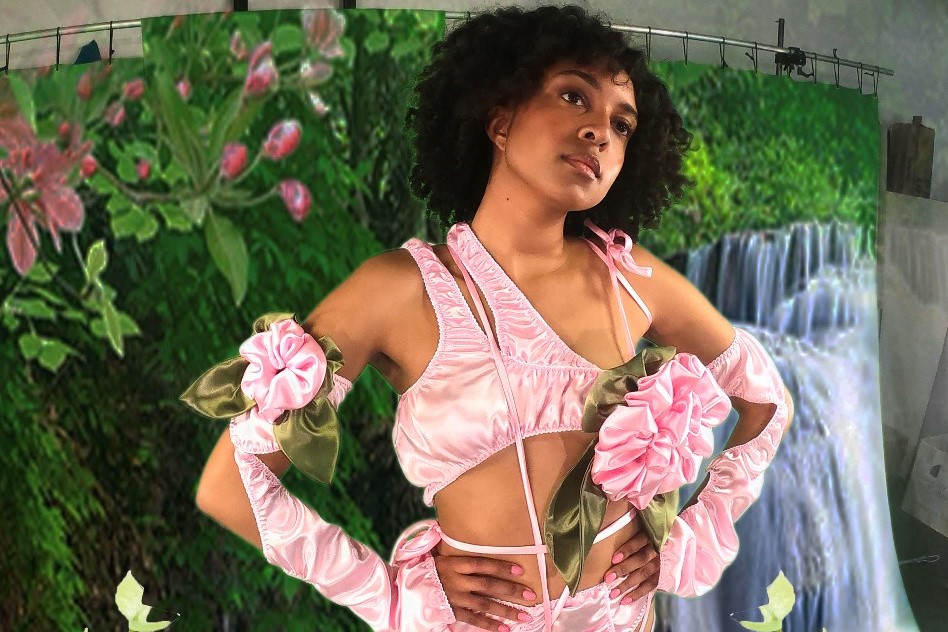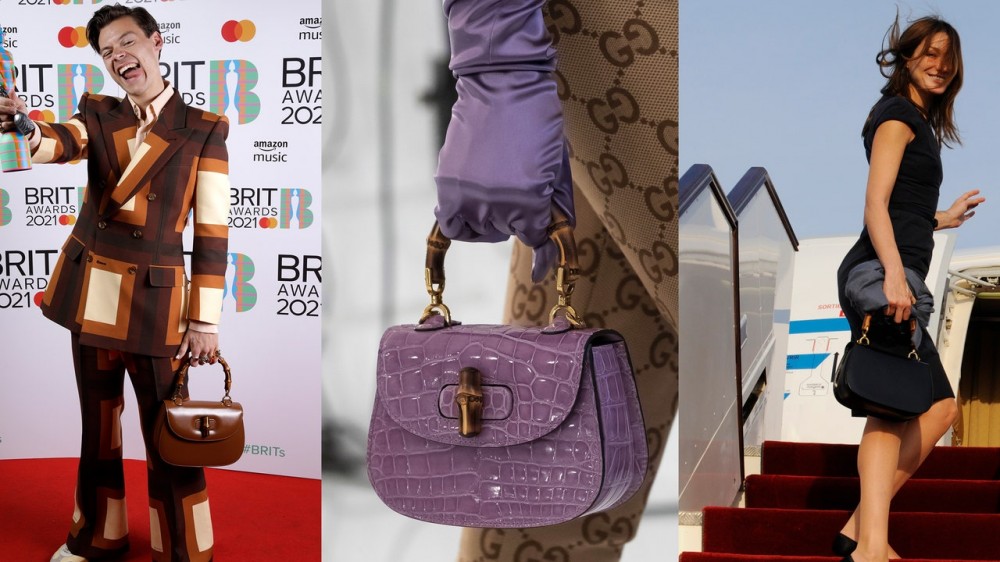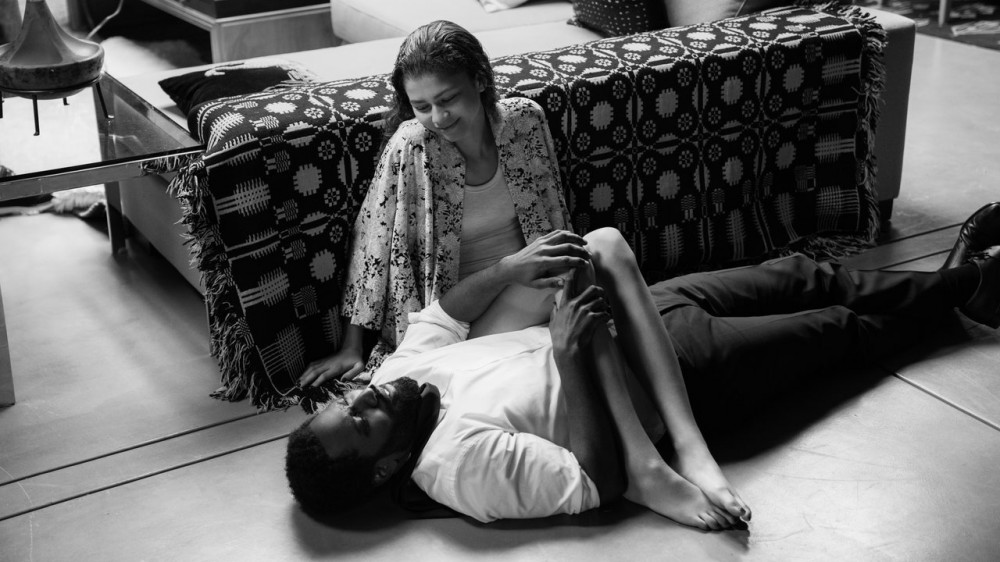
Meet five emerging Berlin designers squaring creativity with consciousness
Following the return of Berlin Fashion Week, we catch up with five of the city’s rising talents – paddling pool sirens and neo-neanderthals included
Berlin is open again, and at the city’s Mercedes-Benz-sponsored fashion week last month, its graduate designers are hurtling full speed ahead towards an optimistic future. As part of the Neofashion grad shows, 80 students across 13 universities sent their final collections down the catwalk, impressing the crowd with their wild creativity and startling resilience. Full of experimentation and free from the constraints of commerciality, each rising talent demonstrated their distinct identity, showing an affinity for meaningful, considered design. Here, we meet just a few of them.




EVA EMMERMANN
One glance at Eva Emmermann’s collection is just about enough to detect her dual degree in Textile Technologies and Designer Engineer Textiles. The Niederrhein University of Applied Sciences graduate immaculately experiments with knitwear, weaving, laser technology, and print design, creating pieces rich with colour and textural depth.
Each look from Emmermann’s gender neutral Sorry collection is inspired by Germany’s endangered animals as an official apology to them, displayed through the horn-like bumps, smooth surfaces, and scaly, colourful prints of her garments. “I usually find inspiration in issues that are urgent to me,” says Emmermann, who also partnered with Lenzing AG to use their sustainable Lyocell fibres. “Throughout my studies, the focus of my work was always around sustainability. Here, I am implementing critique in patterns in an unobtrusive way.”
As a result of exploring humanity’s threat to biodiversity, Emmermann’s large proportions take the role of protection, yet she refers to the actual clothes as “new lounge wear” or “Zoom wear”. The graduate explains, “My collection is based on the potential of communicating to the world via fashion. I would like to continue exploring my creativity in sustainable concepts and textile surfaces, feeling ready to take part in a fashion revolution for a sustainable future.”
ABARNA KUGATHASAN
Pforzheim University graduate Abarna Kugathasan crafts a dreamworld of deliciously dramatic ruffle dresses and sultry cut-out designs, created with draped stockings, carving her own contemporary fairytale. But the graduate’s collection actually holds a very tangible source of inspiration.
As a child of parents who immigrated from Sri Lanka to Germany in 1994, Kugathasan spent her early years watching her seamstress mother producing traditional, Tamil garments: “I grew up seeing my mum sew all of our festive attires at home surrounded by metres of silk in various colours. I’ve always admired how she brought a little piece of her Sri Lankan home to Germany with nothing more than a simple household sewing machine.”
The costume dress aesthetics of Kugathasan’s DIASPORA FANATISM have all derived from her childhood memories and the feelings attached to them: “Instead of seeking inspiration from outside influences, I returned to my roots and cultural identity. Celebrating the craftsmanship of my home country through my personal lens enables me to merge different cultural influences and truly express myself as a diasporic designer,” she explains, describing how this collection is a visualisation of living a transcultural life.
FELICITAS VOLK
The layered embroidery and bold colour palettes of Lette Verein Berlin graduate Felicitas Volk’s designs are a beautiful combination of Georgia O’Keeffe’s large pastel flower paintings and Joan Mitchell’s “colourful chaos and tangle of lines”.
Each of Volk’s looks could pass as an art piece, with her colour-blocked outfits embroidered with petals and accessorised with nostalgically floppy hats. Other outfits are sprayed with textile paints and sprawled with quotes by Mitchell, merging the contemporary art of graffiti with O’Keeffe’s work.
As Volk reflects on how she came to study fashion design, it becomes clear as to why the arts collide in her designs: “Dancing, handicrafts, drawing and wallpapering my room with fashion photo collages – these were my feel-good activities during childhood and adolescence. The feeling of standing on the stage and performing and creating costumes and makeup behind the scenes inspired me, furthering my passion for art and fashion. I find the connection between art and fashion fascinating.”
EVA HÄUSER
Eva Häuser’s Otherworldly collection feels as though it’s been plucked from outer-space, featuring balloon-shaped hips and cartoon-like silhouettes in vibrant cosmic hues. There’s a strikingly clean-cut finish to the Pforzheim University designer’s creations, with each look linking to the previous through the space-inspired colourways and shapes.
It was regular visits to flea markets which first moulded Häuser’s love for fashion at the age of 15. “I loved to style and combine unusual vintage pieces,” she says. “Since I have always been very interested in art and have painted and sketched all my life, the question arose after my Abitur whether I should go in the artistic or fashion direction. This study programme allowed me to combine my passion for art, fashion, and creativity.”
The young designer has undeniably found a distinct signature vision, and she recognises that, with dreams to either take it to Paris or to stay in Berlin. “I have found my own language, so I would like to build on that.”
CARO BECKER
Graduating from the University of the Arts Breman, Caro Becker’s designs resemble a showcase of apocalyptic armour. Think moody hues, viking-style layering, and scarves that resemble blow-up axes.
Becker’s “neo-neanderthal” warriors are a visual exploration of the anthropocene, an unofficial era in time when humans began to impact the earth. She explains that she has always grappled with what we are leaving behind, “I asked myself the question, do we have to change or do we have to change something? The neo-neanderthal is my wish for a society with more empathy, eloquence, and activism in everyone, towards everything that surrounds us.”
The designer believes that fashion is connected to an emotional sense of value. “After my apprenticeship as a tailor, I didn’t want anything to do with fashion at first. I was more interested in photography,” she says. “At some point I had an old Bundeswehr parka in my hand, which I took apart for a course and was amazed that it was simply older than me and probably had many owners before me. I wondered who they might have been…”



